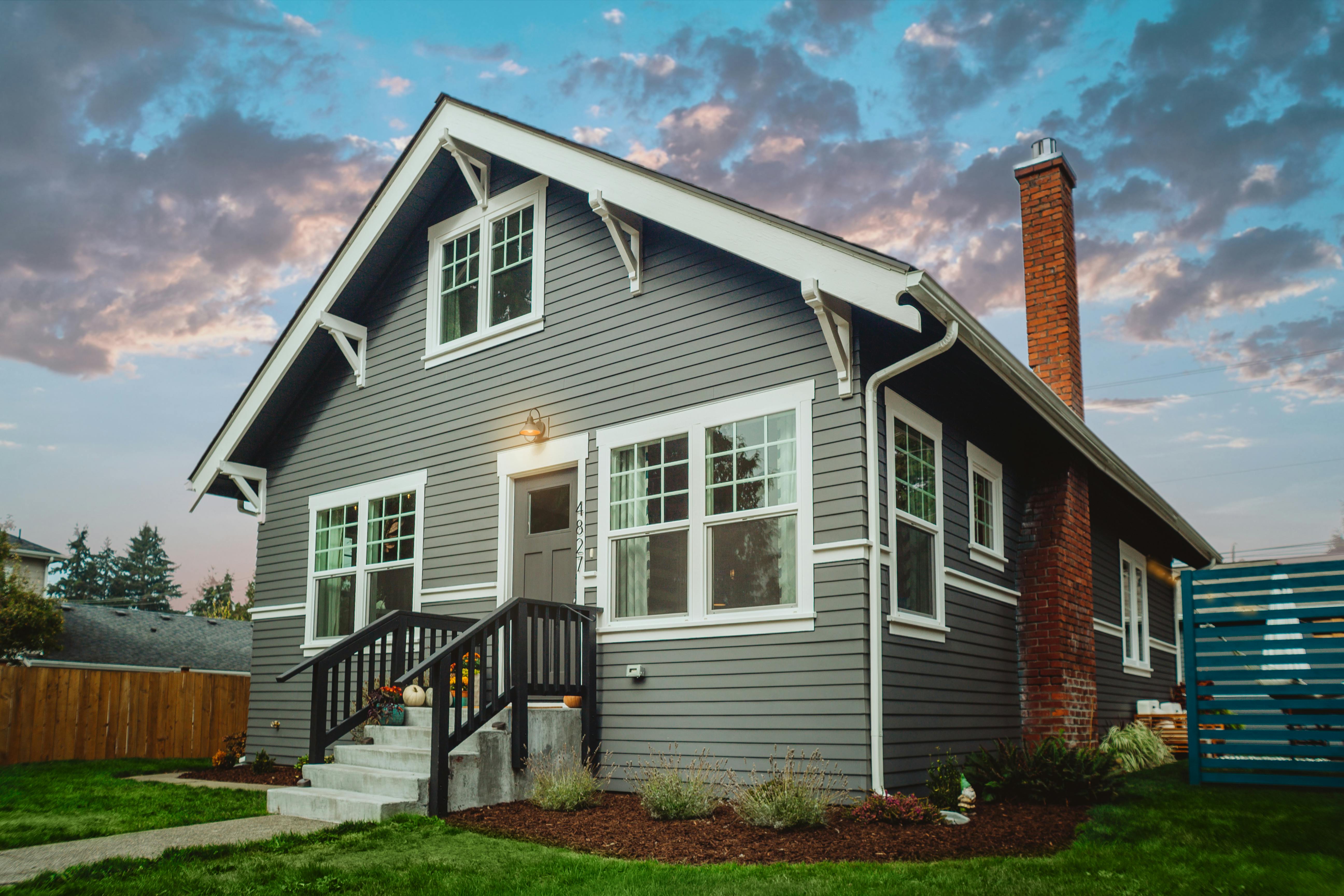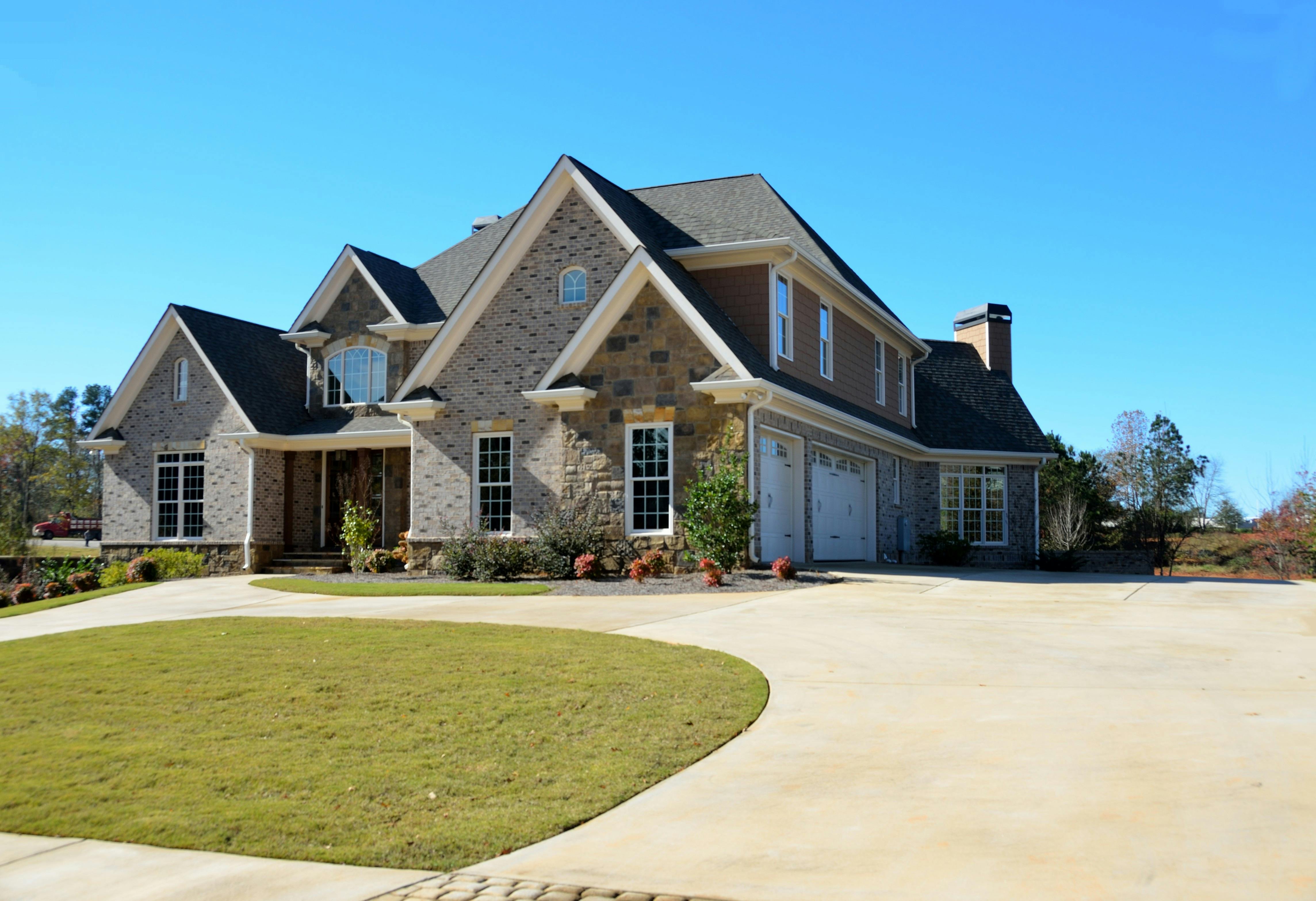Have you ever stepped into an older home and felt that special kind of character, a kind of story woven into every creak and corner? It's a truly wonderful feeling, isn't it? Yet, sometimes, these charming places can feel a bit like a "house of carts"—a collection of unique features, some perhaps a little worn, that require a gentle hand and some clever thinking to keep everything running smoothly. Very often, the heart of these homes, the heating system, can present its own set of fascinating puzzles. We're talking about those lovely stone fireplaces, the quiet hum of a woodstove, and the sometimes puzzling dance with warmth and air flow.
There's a particular kind of joy that comes from making an old place truly comfortable. You might be looking at buying a house right now, perhaps one with a beautiful stone fireplace in the living room, and a spot in the basement ready for a woodstove. This kind of setup, like a house that's 1456 square feet all on one floor, offers so much potential for cozy living. But, as anyone who has lived with these systems can tell you, they also come with their own set of quirks, you know, like needing to get the air just right.
So, how do we turn these delightful, sometimes challenging, "houses of carts" into havens of warmth, especially as the cooler months arrive? It's all about understanding the nuances of older structures and their unique heating needs. We'll explore some common scenarios and share ways to make your old home feel just right, without any of those pesky smoke surprises, as a matter of fact.
Table of Contents
- Understanding Your 'House of Carts': Heating Quirks
- Embracing the Drafty Farmhouse Charm
- The Wood Furnace Dilemma and Interior Chimneys
- Tackling Cold Air and Maintaining Warmth
- Frequently Asked Questions About Older Home Heating
- Making Your 'House of Carts' a Cozy Retreat
Understanding Your 'House of Carts': Heating Quirks
Older homes, these wonderful "houses of carts," often come with heating systems that have their own unique personalities. It's not always as simple as flipping a switch. For instance, you might notice your woodstove just doesn't seem to be burning like it should, or perhaps you're getting smoke in the house. These are common tales from folks living in older places, and they're usually solvable, you know.
The Mystery of Smoke in the House
Getting smoke inside your home can be really frustrating, and a bit alarming too. This is a problem many people face, especially with wood burning appliances. It's a clear sign that something in the system isn't quite right. Sometimes, it's a simple fix, but other times, it needs a closer look, you know, at the whole setup.
Checking Your Stove's Fit and Function
When smoke becomes an issue, one of the first things to look at is the stove itself. Is that door seal nice and tight? Does the latch hold it firmly shut? A loose seal can let air in where it shouldn't, messing with the draft. Also, check the ash pan to make sure it's shut tight. Any gaps there can really impact how your stove burns, so it's very important to check these small details, you know, for proper operation.
Embracing the Drafty Farmhouse Charm
Many old, drafty farmhouses, like those built around 1773, have a certain appeal, but they also tend to let in a lot of outside air. This can make heating a real challenge. You might look around your old joint and see just one chimney thimble, and wonder how it all worked back then. It's a different way of thinking about warmth, basically.
Chimney Thimbles and Stack Heights
Chimneys in older homes can be a bit tricky. There was a story about a stack that was lower than a house, and it would actually set off a smoke detector in the attic. The town decided to work with the homeowner, and after he put in a 30-foot extension on his stack, the problem went away. This just goes to show how important chimney height is for proper draft, you know, to pull that smoke out.
Taming the Newly Installed Insert
Sometimes, even a newly installed unit can cause issues. There was a situation with a Harman P35i insert that was blowing smoke into the house at times. The dealer came out and replaced parts, but the problem still happened. This highlights that even new equipment can have hiccups, and sometimes it takes a bit of troubleshooting to get it just right, as a matter of fact.
The Wood Furnace Dilemma and Interior Chimneys
Thinking about heating an entire home with wood can be a really appealing idea, especially if you want to rely less on propane. The thought was, if the wood furnace heated the house, the thermostat wouldn't need to kick on for the propane furnace. But, a contractor might be afraid to put a wood furnace in an attached space due to safety concerns. This means you have to consider the layout of your "house of carts" and what's possible, naturally.
All while your house is wanting heat, you're trying to figure out the best way to keep it warm and safe. It's a common puzzle for those with older homes. You've burned wood before, perhaps always with a masonry chimney in a big old house where you could crank it 24/7 and just monitor the stove pipe. This kind of experience gives you a good starting point, but every house is a little different, you know.
The Advantages of an Interior Chimney
The advantages of having an interior chimney are many. If you look at houses of yore, when people didn't have central heating, you won't find many exterior chimneys there. Interior chimneys stay warmer, which helps create a better, more consistent draft. This means less chance of smoke backing up and more efficient burning, so it's a pretty big deal for older homes, actually. Learn more about chimney design on our site.
Pellet Stove Installation Tips
Installing a pellet stove can be a great way to add warmth. When installing, using something like Duravent Pro Pipe is a good choice. Getting an adjustable wall bracket to secure it to the side of the house is also very important. But then there's the question: is there a distance the pipe is supposed to be from the house? These details are important for safety and performance, you know, to make sure it works right.
Tackling Cold Air and Maintaining Warmth
Even in newer construction, like a colonial house bought in 2007, cold air can be a problem. It might bellow in from the bottom, making certain areas of your home feel chilly. This just goes to show that drafts aren't only an old house problem, though they are very common in older "houses of carts." Finding where that cold air comes from is the first step to fixing it, basically.
Managing Stove Performance for Consistent Heat
Getting your stove to perform its best is a skill. For example, if your house was 67 degrees when you loaded for the night last night at midnight, you might put in five splits on a good coal bed, get it going, then turn the air way down. The stove would then be cruising at a steady pace, keeping things warm through the night. It's about learning your stove's rhythm and how it reacts to air adjustments, you know, to keep that heat going.
The Critical Chimney Height Rule
One rule that often comes up is about chimney height. You really have to get that chimney two sections above the peak of your roof. Otherwise, you're going to have smoke in the house, especially if you're burning year-round to make domestic hot water. This rule is there for a good reason: to ensure a strong, consistent draft that pulls smoke out, so it's a very important safety and efficiency point, actually. This rule is often overlooked, but it makes a huge difference in how your system performs, and prevents smoke from bothering you inside, as a matter of fact. Check out more heating tips for your home.
Frequently Asked Questions About Older Home Heating
Many people who live in or are considering a "house of carts" have similar questions about keeping them warm and safe.
How can I stop my wood stove from blowing smoke into the house?
To stop smoke from coming into your home, first check the door seal and latch on your stove for a tight fit. Make sure the ash pan is shut completely. Also, consider the chimney height; it should typically extend at least two feet above any part of the roof within ten feet horizontally. Proper chimney height creates a better draft, pulling smoke upwards. Sometimes, cold chimneys or a lack of combustion air can also cause issues, so ensuring the chimney is warm before loading wood helps, you know, to get that draft going.
What are common heating challenges in old, drafty houses?
Old, drafty houses, these "houses of carts," often have several heating challenges. Cold air can bellow in from various spots, making it hard to maintain a consistent temperature. Older windows and doors might not seal well. Chimneys might not be ideally suited for modern wood stoves, leading to poor draft or smoke issues. Also, insulation might be minimal or non-existent in walls and attics, so that means heat escapes very easily. Addressing drafts and improving insulation are key steps to making these homes more comfortable, basically.
Is an interior chimney better for heating an old home?
Yes, an interior chimney is generally better for heating an old home. They stay warmer than exterior chimneys because they are surrounded by the heated space of the house. A warmer chimney creates a stronger, more consistent draft, which helps to pull smoke out efficiently and reduces the chance of creosote buildup. This leads to better stove performance and less smoke coming into your living space, so it's a really good design choice for older structures, you know.
Making Your 'House of Carts' a Cozy Retreat
Living in a "house of carts" means appreciating its unique character while also being ready to address its quirks. Whether it's dealing with a smoky stove, a drafty corner, or ensuring your chimney is just the right height, each step you take helps turn your old home into a truly warm and inviting space. It's a rewarding process, making an old place sing with comfort. For more detailed information on chimney systems and safe wood burning practices, you might want to visit a reliable source like the EPA's Burn Wise program. They have a lot of good advice, you know, for safe and efficient heating.



